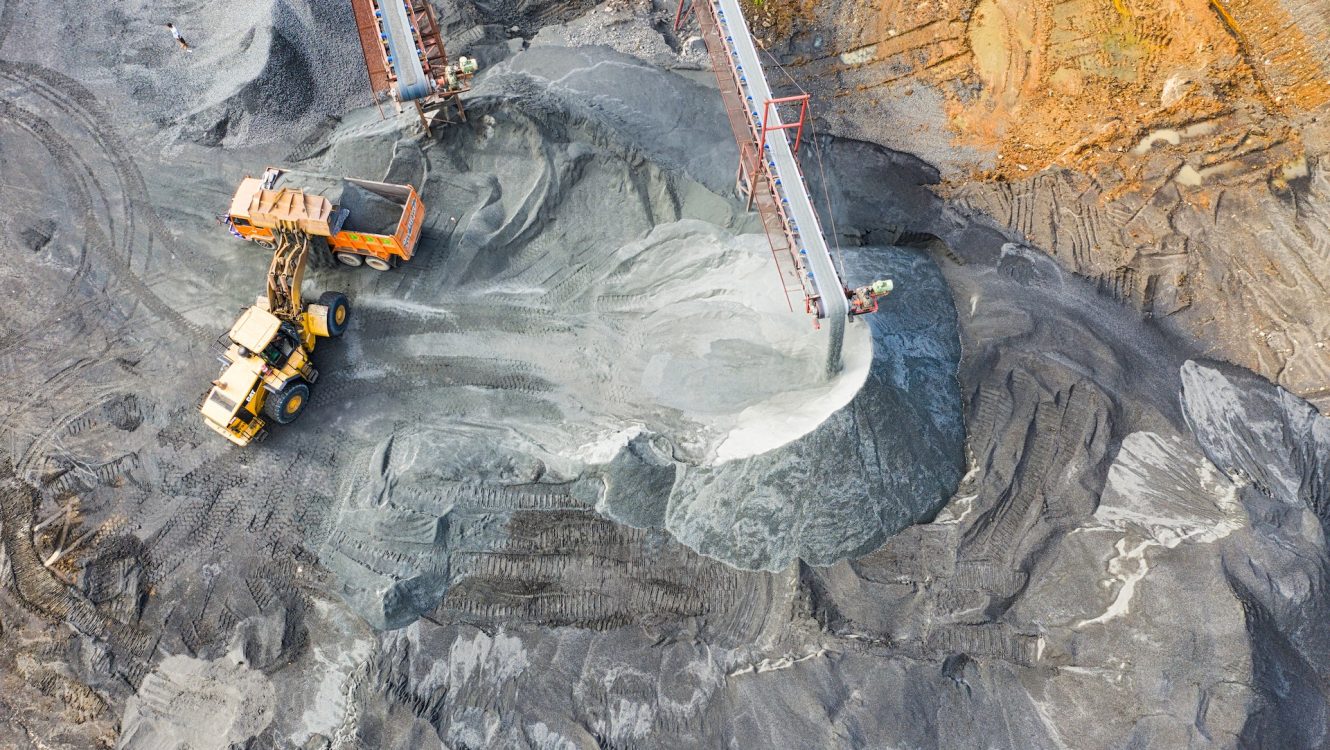Climate Change Amplifies South America’s Deadly Heatwaves, New Study Reveals
The recent staggering heatwaves that swept across South America, leaving a trail of devastating effects, are no accident of nature. A study released this week has pointed a finger directly at human-driven climate change, declaring it responsible for making such extreme weather events a staggering 100 times more probable.
A Scorching Winter
The world watched in disbelief as South America, known for its diverse landscapes and climates, found itself under the siege of a winter heatwave. From the vast plains of Argentina to the urban sprawl of Sao Paulo, temperatures surged, at times reaching a blistering 4.3 degrees Celsius above average.

The city of São Paulo suffers from winter heat
While heatwaves can be deadly any time of the year, this one was particularly unusual and concerning as it occurred in the region’s winter months, stretching into the Southern Hemisphere’s spring. Major cities like Sao Paulo reported multiple heat-related deaths. However, the actual toll of this extreme weather event might remain hidden for a while, as researchers wait for a more comprehensive analysis based on death certificates.
The Alarming Premise
Julie Arrighi from the Red Cross Red Crescent Climate Centre and a co-author of the study, emphasized the dangers of such weather anomalies. “Heat, especially when it strikes in seasons like spring, before people have had the chance to acclimate, can be deadly. Witnessing temperatures beyond 40°C at this time of the year is alarmingly rare,” she stated.
This study, resulting from the collaborative efforts of experts from global universities and meteorological agencies, comes on the heels of another revelation: 2023 is poised to be the hottest year ever recorded, as announced by the European Union’s Copernicus Climate Change Service. While sweltering summer heatwaves in the Northern Hemisphere are contributors to this record, the abnormal winter highs of South America are even more unsettling.
The Drivers of this Extreme Weather
While many might attribute this surge in temperatures to the climate phenomenon, El Nino, the study suggests otherwise. While El Nino did play a role in escalating temperatures, its influence pales in comparison to the overarching force of human-driven climate change.
The dire consequences of global warming become even more evident when we consider future predictions. The study starkly warns that if the planet’s temperature climbs 2°C above pre-industrial levels, South America might have to brace for such heatwaves every five or six years.

The outlook for South America is not good
This somber prediction is in line with the United Nations’ recent admonishment. The global body highlighted the lack of adequate measures taken by nations in the fight against climate change, emphasizing that current trends have us on a trajectory that could witness a 2.5°C increase in global temperatures.
The Ripple Effects of the Heatwave
The ramifications of such soaring temperatures are manifold. Brazil’s Amazon region has been grappling with a severe drought, resulting in catastrophic fish deaths, potable water shortages, and prompting Indigenous communities to seek a climate emergency declaration.
Simultaneously, Argentina faces its own set of challenges. Wildfires, intensified by the relentless heatwave and potent winds, rage on in the nation, especially in the Córdoba province, leading to evacuations and a strained firefighting infrastructure.
In Conclusion
The recent South American heatwave is not just another weather event; it’s a glaring symptom of a larger, more pressing issue. As climate change continues to assert its grip on our planet, it underscores the urgent need for collective, global action. While the signs are ominous, they also serve as a clarion call, urging nations, communities, and individuals to rally together in the battle against a warming world.
©globalgreenhouse.eu









